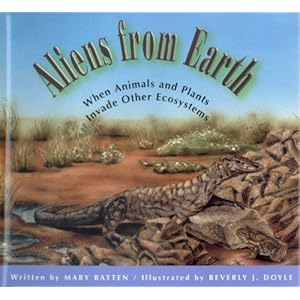In the text structure of cause and effect, an author explains one or more causes, and then explains one or more effects. Young readers can have many different problems with this structure. (Classroom-ready texts for teaching cause and effect: Cause and Effect Texts for Teaching Text Structure)
The underlying thinking: Kids have many problems with understanding causality. If students are having trouble finding causes and effects in real life, they will also have trouble with causes and effects in text.
Multiple causes, multiple effects: Depending on the topic, there can be multiple causes and multiple effects. Readers need to be flexible in their thinking as they read.
Tricky graphic organizers: If you are teaching students to map out ideas on a graphic organizer, cause and effect may lead to some problems. You may need to customize a graphic organizer for a text, matching the number of boxes to the number of causes and effects. Or you may want to have students draw their own depending on the text. If you use a generic organizer, be ready to tell students, "You don't have to fill in all the boxes" or "You may need to add some boxes"--over and over and over again.
Changing order: In real life, causes come before effects. But authors sometimes start a paragraph with an effect. For example, in Extreme Animals, author Nicola Davies often describes the inhospitable environment that an animal can live in--the effect--and then explains the adaptations that the animal has to live there--the causes. The cause is that the animal has many adaptations; the effect is that the animal can survive.
Picture Book for Teaching Cause and Effect
Aliens from Earth: When Animals and Plants Invade Other Ecosystems
Here is a great little book that uses a clear cause and effect text structure. On each spread, the author describes an invasive species, explains how it arrived in the new habitat, and outlines the effects of the invader. Working in groups or at a center, students could map out the causes and effects on each spread.



This whole notion about being flexible is very important. This discussion is very important for developing self-regulation.
ReplyDeleteWolf Island by Celia Godkin is also great for teaching cause/effect.
ReplyDelete